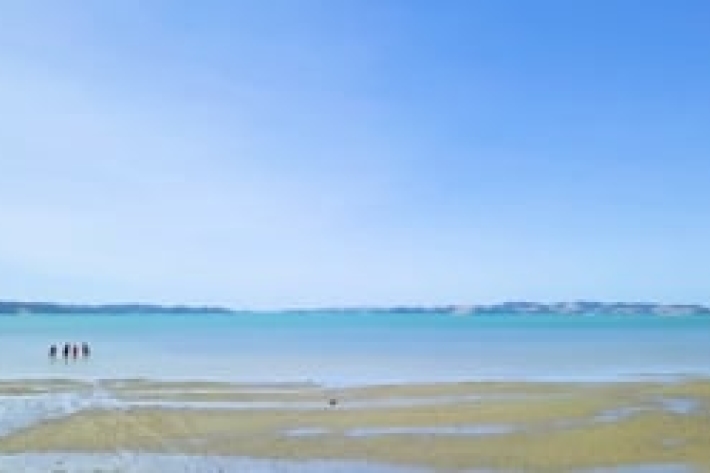-
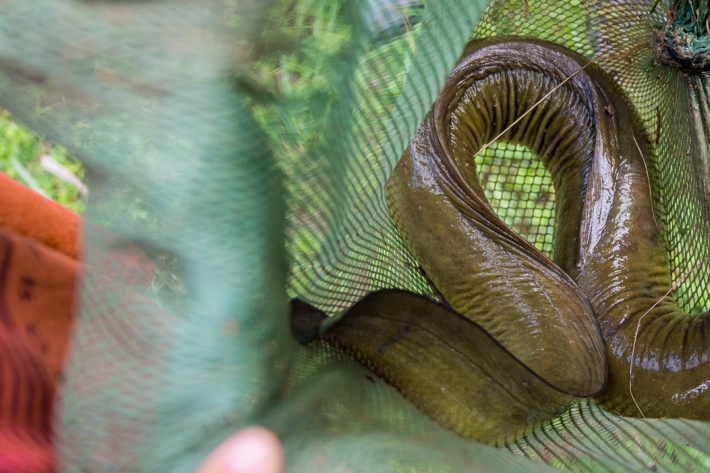
Taonga species
Te Kūwaha, NIWA’s Māori Environmental Research team, partners with whānau, hapū and iwi to co-develop methods for the protection, restoration and economic development of taonga species. -
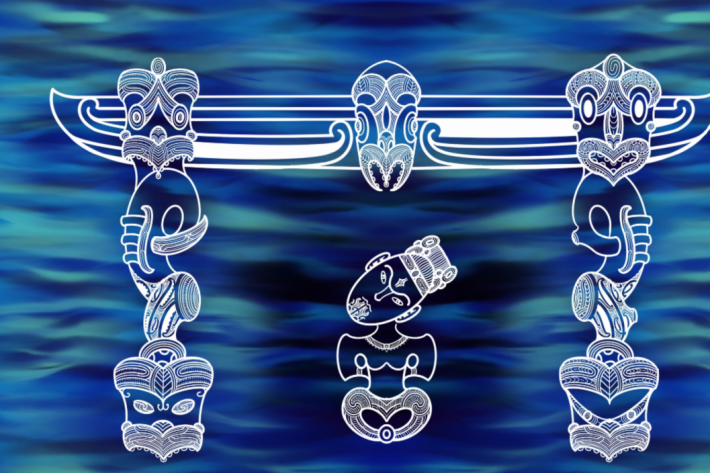
Te Ukaipo o Hinemoana (Cumulative effects)
Software Tool/ResourceOnline decision-support web mapping tools for informing the management of cumulative effects in the coastal and marine environment. -

Cultural Keystone Species
Freshwater Cultural Keystone (Taonga) Species such as tuna, kōura and kāeo/kākahi are central to the identity and wellbeing of many Māori communities throughout Āotearoa. For generations, these species have sustained communities and been vital in the transfer of customary practices and knowledge from one generation to the next. -
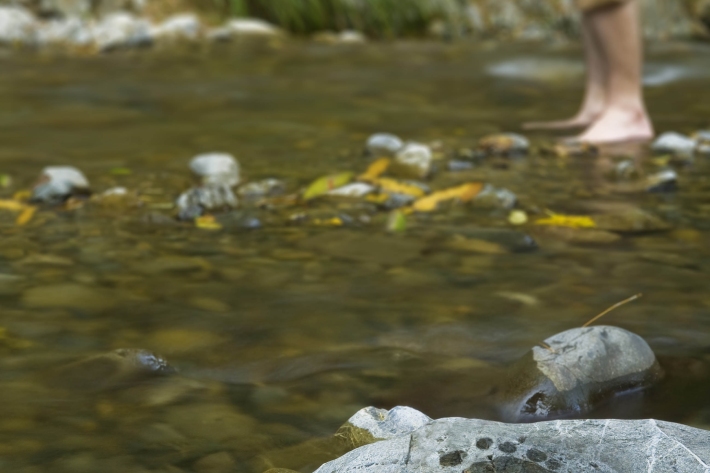
Climate and Māori Society
Research ProjectClimate has always been important for Māori. It affects natural environmental systems and resources, influences social-ecological knowledge and practice, shapes community vulnerability and resilience. -
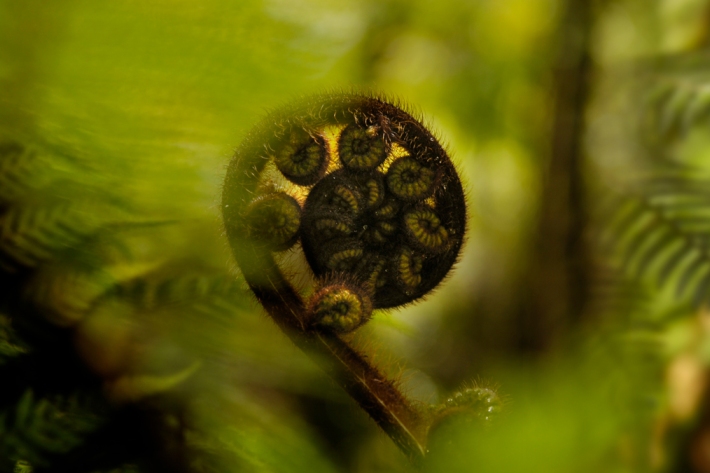
Te Kūwaha Graduate Programme
NIWA’s Te Kūwaha Graduate Internship programme has been established to help support and create tangible pathways for the next generation of Māori researchers. -
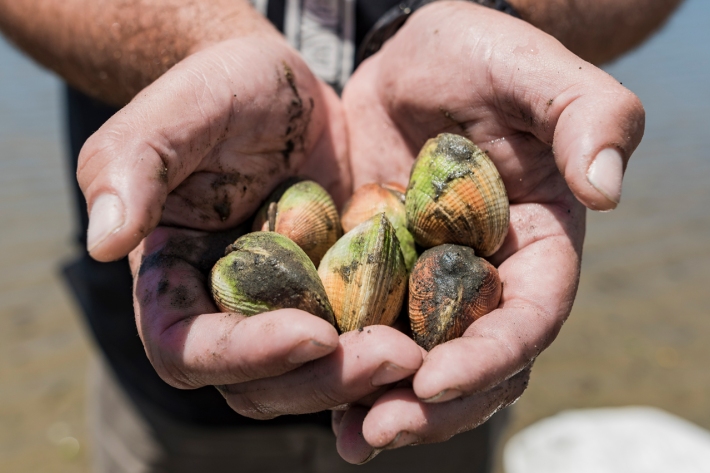
Taonga Species Series: Tuangi
Feature story31 October 2022What does science tell us about New Zealand cockles? -
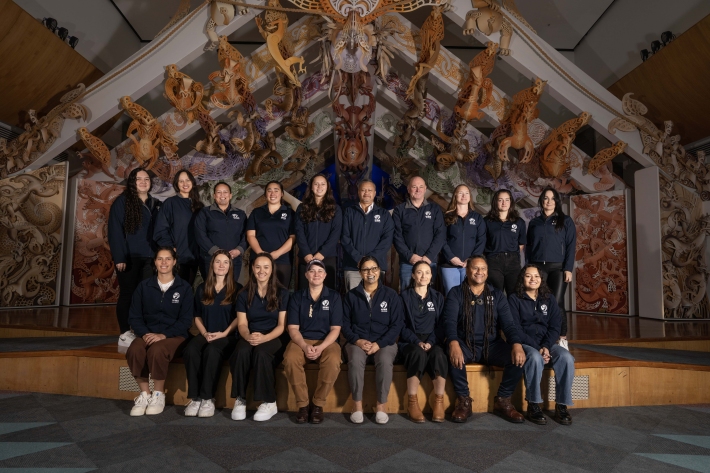
Te Piko o te Māhuri
Te Piko o te Māhuri is a development initiative that provides pathways and opportunities for young Māori researchers across NIWA’s climate, freshwater and oceans platforms -
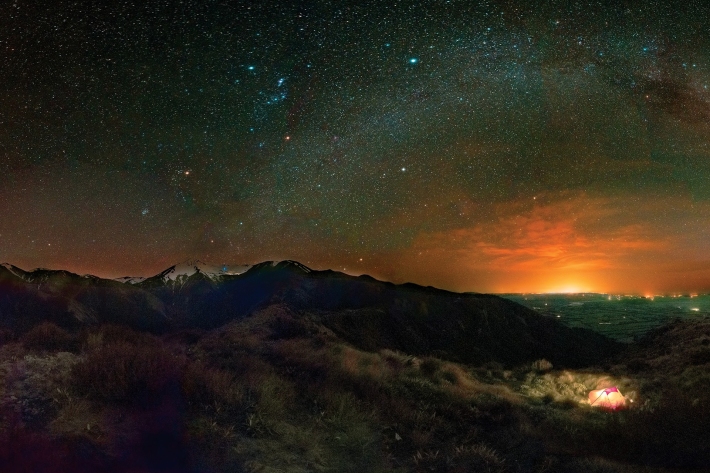
Matariki viewing prospects
Media release21 June 2022NIWA meteorologists say people living in the lower North Island and eastern South Island are likely to get the best views of the Matariki star cluster during the upcoming weekend. -
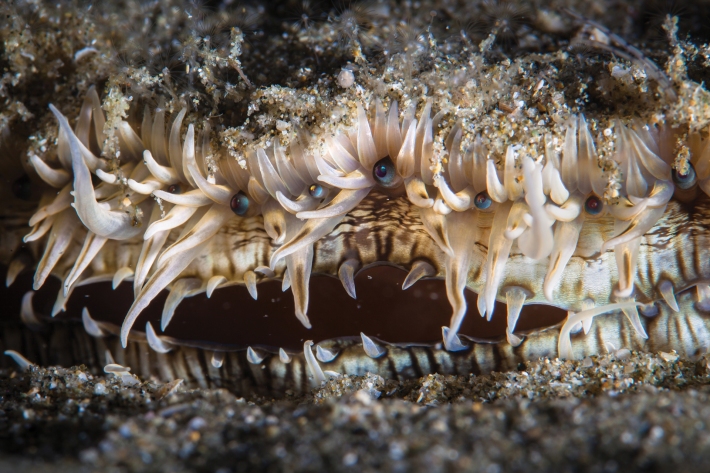
Going easy on the scallops
Feature story31 May 2022From scallop beds to trawl nets, a little bit of data science can make a big difference. Melissa Bray explains. -
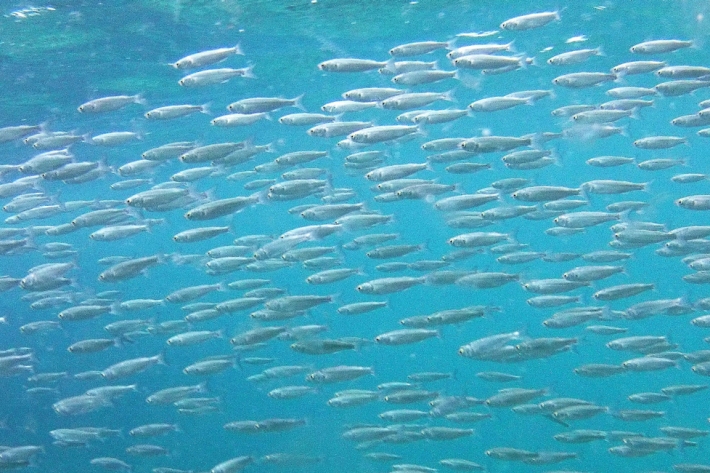
Taonga Species Series: Kanae
Feature story08 April 2022What does science tell us about New Zealand mullet? -
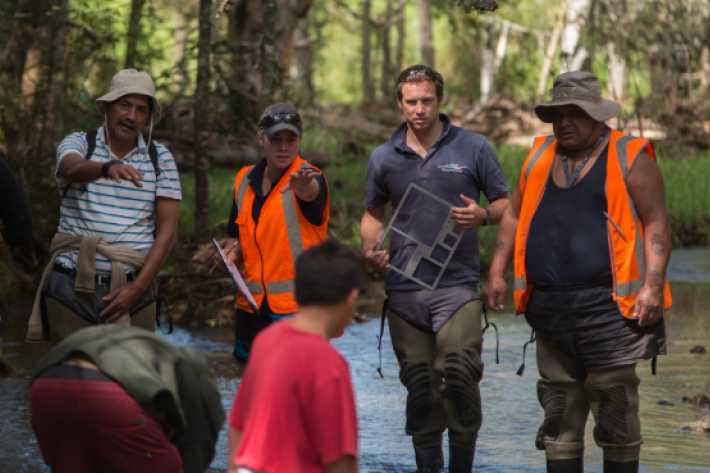
Cultural Keystone Species
Research ProjectA four-year research programme focused on the co-management and restoration of our freshwater taonga species.

